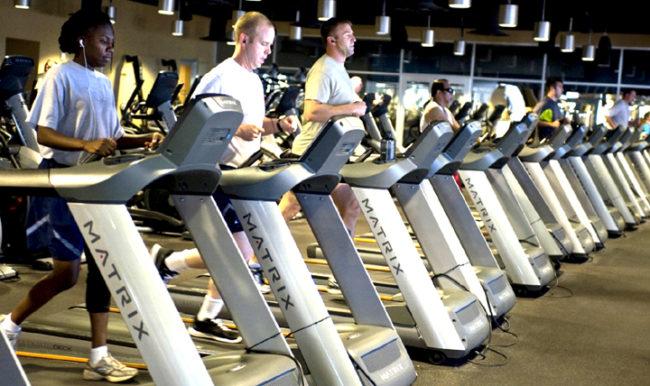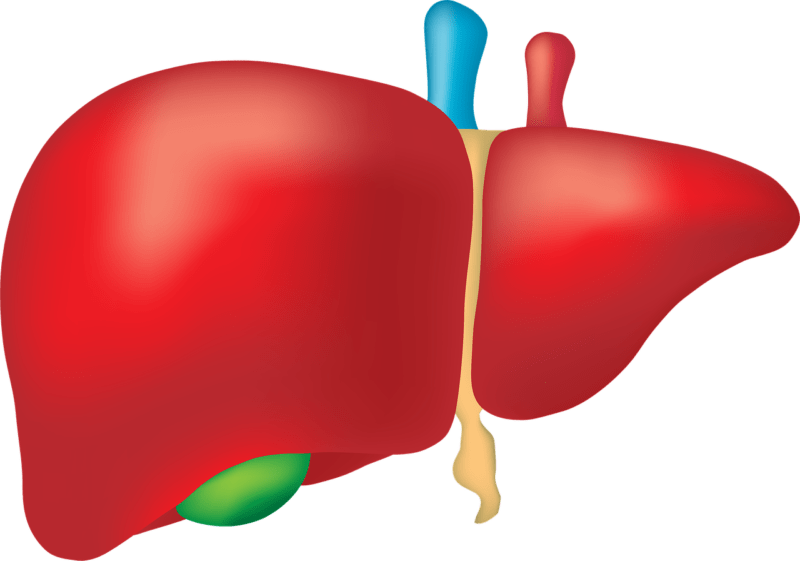Last updated on May 2nd, 2020
Imagine your bones as a fortress, steadfast and unyielding, protecting the delicate machinery of your body. But what if the very foundations of this fortress began to crumble, weakened by an inside force? This is the reality for millions who suffer from osteoporosis. A condition that silently lessens the strength and density of bones, leaving them vulnerable to fractures.
In this blog, we’ll delve into the underlying causes of this debilitating disease, unraveling all the science behind its onset. Furthermore, we’ll equip you with practical suggestions to enhance your skeletal defences. Thus, it empowers you to take control of your bone health and embrace a future free from the constraints of osteoporosis.
Defining Osteoporosis
The literal meaning of Osteoporosis is porous bones. It is a medical condition that causes thinning of bones. The bones become porous, brittle and weak, making them more susceptible to fractures, especially in the spine, hip and wrists. Even small bumps, falls, and sneezes can cause the bones to break.
Our bone tissues constantly renew themselves; that is, weak and old bone tissues are replaced by new bones. In our 20s, we reach the peak of our bone mass density. But after that, the bone starts to lose mass with the passing of time. As we grow older, the process of renewal becomes slower; bones break down faster than the time it takes to build new bones. Osteoporosis is the result of excessive bone loss in an individual’s body.

What can cause osteoporosis?
The condition affects both men and women, but women are at a higher risk than men. Especially postmenopause, a woman’s body stops producing estrogen. Estrogen is a hormone found in the female body that helps maintain bone mass density, among various other functions.
A deficiency of calcium, vitamin D, or both can typically enhance the progression of osteoporosis. People with small body frames are more likely to suffer from it as they have less bone mass to draw from as they age.
It is also believed that white people and people of Asian descent are at a greater risk of osteoporosis. Activities like smoking, steroid consumption and being malnourished can aggravate the likelihood of it. Factors like family history, dietary factors, and hormone levels should also be taken into consideration when we talk of osteoporosis. A hunched posture in old people is usually caused by the weakening of the bones of their spine.
Osteoporosis Symptoms
Doctors often refer to osteoporosis as a silent disease because it has visible symptoms. The most common symptom is bone breaking even after a minor fall, which isn’t normal. Although there are no direct symptoms, according to the Cleveland Clinic’s website, you may witness a few changes in your body:
- Unusual decrease in height
- Change in your general sitting and standing posture
- Shortness of breath
- Lumbar back pain
Often, these symptoms are less recognised by you and more by your family and friends, as they notice your change in posture first. If you start getting these comments more often, it’s high time you visit the doctor.

Who is at High Risk of Osteoporosis?

Here are the groups considered at high risk of developing osteoporosis:
1. Postmenopausal Women: Estrogen deficiency after menopause can accelerate bone loss. Thus making postmenopausal women more susceptible to osteoporosis.
2. Older Adults: Bone density naturally decreases with age. Therefore, older adults (generally over 65 years) are at an elevated risk of developing this ailment.
3. Those with a Family History: A genetic predisposition can increase the risk of osteoporosis, especially for individuals with a parent or sibling who has had the condition.
4. Individuals with Certain Medical Conditions: Conditions such as rheumatoid arthritis, inflammatory bowel diseases, celiac disease, and endocrine disorders like hyperthyroidism or hyperparathyroidism can contribute to bone loss and osteoporosis.
5. Long-term Use of Certain Medications: Prolonged use of medications like glucocorticoids (steroids), anticonvulsants, and some cancer treatments can adversely affect bone health and increase osteoporosis risk.
6. Sedentary Lifestyle: A lack of weight-bearing physical activity and extended periods of immobility can contribute to bone loss and osteoporosis.
7. Low Body Weight: Being underweight or having a low BMI can intensify the chance of developing osteoporosis.
8. Excessive Alcohol Consumption and Smoking: Heavy alcohol intake and smoking are known risk factors for osteoporosis.
Osteoporosis Test and Diagnosis
Your doctor will tell you to take a bone density test to detect osteoporosis. This test is an imaging test that measures bone strength using X-rays and analyzes different mineral compositions in the bones.
The change in bone density is the best way to determine the onset of osteoporosis before it leads to a full-scale bone fracture. If you have any cases of osteoporosis present in your family, the doctor will suggest you to take bone density tests more often.
Osteoporosis Treatment
The doctor will prescribe a combination of treatment courses that help stop the loss of bone density and rather strengthen it. The core treatment of osteoporosis is decreasing the chances of bone fractures. The treatment will include:
Combination of light to moderate exercise:
Engaging in regular body weight and light weight training over time will enhance your bone strength and empower muscle tissues, tendons, and ligaments. Pilates training can also help you with this.
Nutrient supplements
You will be prescribed calcium and mineral supplements like vitamin D that will strengthen your bones.
Osteoporosis medicines
After assessing your present health and other conditions, the doctor will prescribe appropriate osteoporosis medicines. According to the Cleveland Clinic’s website, patients are initially given hormonal therapies like estrogen or testosterone. Moreover, patients with high bone fracture risk or extreme cases of osteoporosis are given romosozumab and parathyroid hormone. Whatever the case, your doctor will be the best judge in this situation.
Read More: Is Diabetes An Unexplained Reason For Weight Loss?
Can osteoporosis be prevented, and how?
Here are some tips that will help you prevent and control osteoporosis:
It is necessary to include calcium- and protein-rich foods in your diet, such as low-fat dairy, salmon, green leafy vegetables, and soy products such as tofu.
Exercising regularly and eating nutritious food play a significant role in maintaining good overall bone health.
Avoid risk factors like smoking, vaping and frequent alcohol indulgence.
If you live in high latitudes where the sunlight is inadequate, take vitamin D supplements.
Undergo regular bone density screenings (DEXA scans), especially for postmenopausal women and older adults or if you have a family history of osteoporosis.
Follow a multi-faceted approach recommended by orthopaedic experts to fortify skeletal health and reduce osteoporosis risk.Last Updated on by Dr. Damanjit Duggal
Disclaimer
This site provides educational content; however, it is not a substitute for professional medical guidance. Readers should consult their healthcare professional for personalised guidance. We work hard to provide accurate and helpful information. Your well-being is important to us, and we value your feedback. To learn more, visit our editorial policy page for details on our content guidelines and the content creation process.

 English
English











